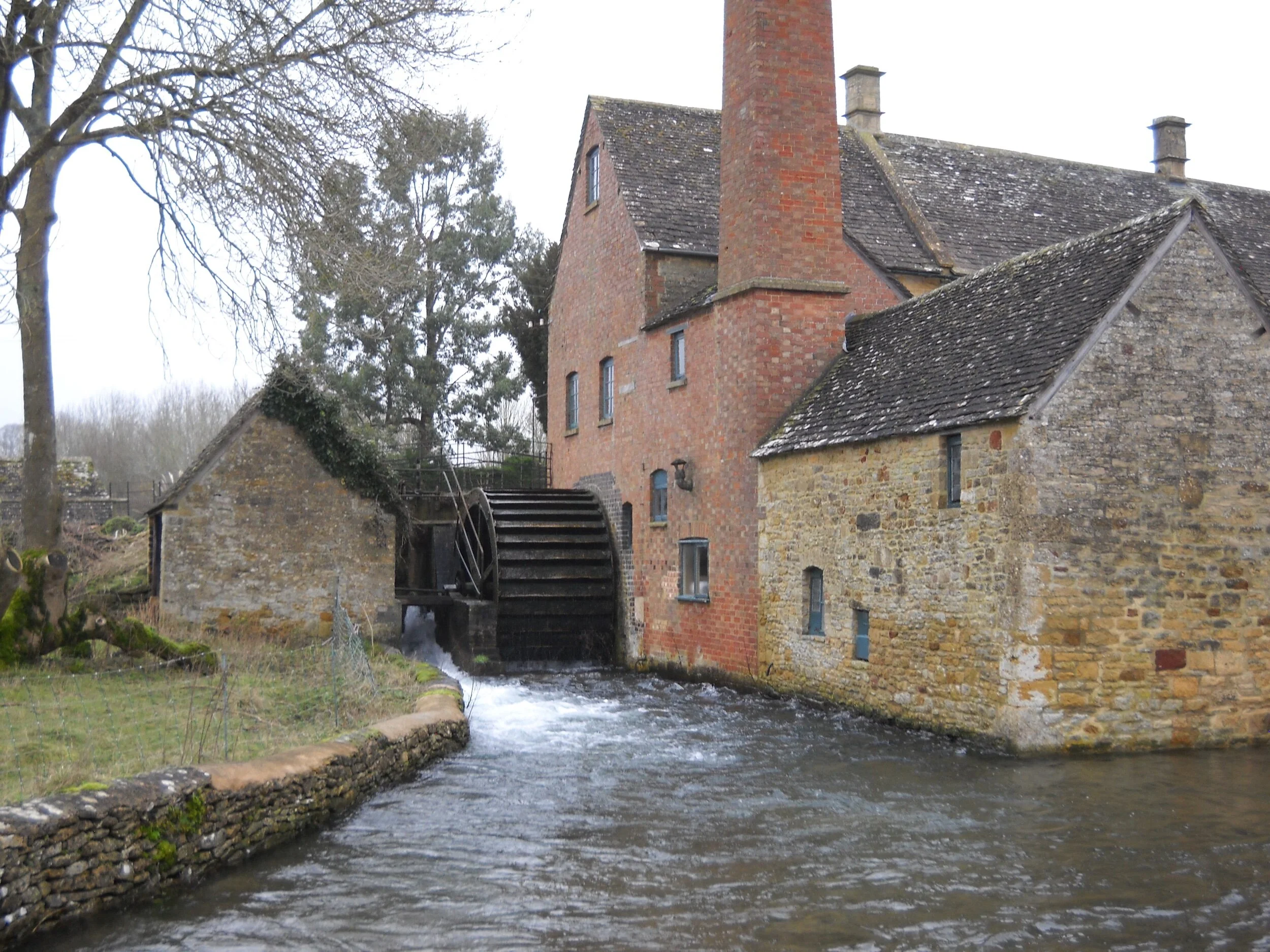Why is Hydrology Important in Land Development?
What is hydrology?
Hydrology is the study of water and its movement on and beneath the earth’s surface. In land development we need to consider the conditions presented by the regulation of water that result in compliance requirements. We must also make project design provisions for the movement of water relative to the land we have under development. These provisions must also take into account the overall impacts that project design has on the surrounding watershed and beyond, since water management looks at both the micro and macro impacts of development.
Pathways of water:
Altering the natural pathways of water has been done by humans for millennia. In present times the alteration of the natural pathway of water has provided many benefits. One example is the cultivation and development of land that was desert before. The construction of Hoover Dam in 1931 resulted in the capability to provide Colorado River water for the deserts of Nevada and California’s agricultural central valley. However, as the water’s natural pathway is changed it also affects conditions downrange. The same water held back by Hoover Dam, for the benefit of Nevada and California, no longer reaches its natural destination - the Sea of Cortez. If you look at satellite imagery, the Colorado River delta in Mexico is almost completely dry.
The science of hydrology:
It didn’t take a brain surgeon to figure out that altering naturally flowing water might help a lot of areas, but has also resulted a mega problems for others. Enter the science of hydrology. There are 5 broad areas of this discipline and it’s really done on a global scale and even interplanetary too. Just think about how much focus and money is given to looking for and studying water on Mars. Scaling it back to Earth and us land developers, I want to look at three key issues that always seem to be factors in a project: water management, water distribution, and the environment.
Water management:
Key considerations in water management are how much water is recharging a given land mass based on rainfall, absorption, retention and runoff, plus what is being used. Whether there is minimal rainfall or a bumper year, it’s pretty easy to measure (although sometimes tough to predict). Absorption considerations are the ability of soil to hold water and transfer it to underground aquifers. Retention can apply to water being held in natural lakes or ponds, as well as manmade retention and detention ponds that are typically required in our land development projects. Since water flows feely, runoff is natural, but in a land development project we have to route it and then either collect it in designated areas, or send it off site as approved by permit. A key factor in the management of water resources are water rights which relate to the lawful use of a defined water resource, no matter its source. For more, see: Understanding Water Rights: https://www.landdevelopmentrealities.com/home/2019/1/20/water-rights .
Water distribution:
From a land developer standpoint we have to tie into, or create our own water distribution system. This means the infrastructure that delivers potable water to and through the project. We need cost effective design for waterlines, storage facilities, pumps and other hardware. Approved distribution systems may need to be looped from the off site main and back to it, so there is a tie-in from the project secondary feeder line back into the primary feeder main. Developers must be very cautious about water availability with primary feeder lines. An example is a public water main that has the physical distribution capability to serve a project but lacks the capacity to deliver the water needed for the project. I always remember a public utility district example where a utility had built a vastly oversized primary main right next to another guys project, but the utility was maxed out on the amount of water they could run through it. Hence, no hookups available! Don’t be that guy…
The environment:
If you go back and link to the suggested reading on water rights you will find that the overarching concept is that water is a public resource meant for the greater good of the public, not any particular individual or business entity. The legal taking of water also has associated environmental impacts in many forms. Effects on aquifer recharge, biodiversity and the overall ecology of an area are concerns that will show up to developers as regulations and strict permitting requirements. The goal of these regulations is to create a balance between human use and the natural environment to provide a sustainable future for both. Environmental issues are also highly politically charged, so progress in any direction takes a lot of time given the conflicting interests of the various groups involved.
Discharging water:
Accumulated water must eventually be discharged somewhere. Discharge can be in the form of runoff, absorption, evaporation or intentionally routed by sewer. Most novices think of sewer routing as it relates to waste, but there are two kinds of sewer systems. The first is sanitary sewer to collect and route waste. The second is combined sewer systems where both waste and surface runoff is directed to the appropriate treatment and discharge locations. One emerging trend I’ve seen in my development locations is a preference for on-site septic since the effluent, when naturally treated by the soil and biomes, is confined to the source area within the project as opposed to winding up in a treatment plant 10 miles away. It’s also a happy coincidence for me since if I can do septic designs vs running sewer, there is a sizeable economic savings in project cost.
Hydrology Review:
Life as we understand it cannot exist without water and the science based regulations around its use are a constant factor in land development. That, along with the political component, requires even the small land developer to be familiar with the management, distribution, environmental and political aspects of water management and the science of hydrology. They will undoubtedly be key factors in design, permitting and ultimate project approval. Be smart, knowledgeable and effective and remember that there are professional resources that we can and should use to assist! Good luck!






